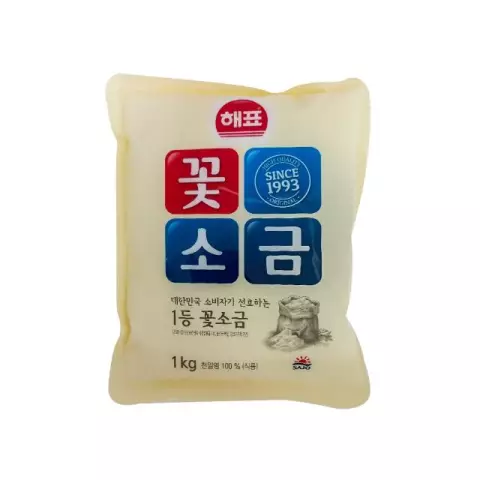- Author Rachel Wainwright [email protected].
- Public 2023-12-15 07:39.
- Last modified 2025-11-02 20:14.
Salt
Table salt is an important food additive, without which it is impossible to prepare many dishes. When ground, this product has the appearance of fine white crystals. Various impurities in naturally occurring table salt can give it shades of gray.

In terms of chemical structure, table salt is 97% sodium chloride. Other names for this product are rock, table or table salt, sodium chloride. In industrial production, such varieties of salt are obtained as refined or unrefined, fine or coarse grinding, iodized, fluorinated, pure, sea salt.
The admixture of magnesium salts in the composition of table salt gives it a bitter taste, and calcium sulfate - an earthy one.
Salt has been mined for many millennia. At first, the method of obtaining it was the evaporation of sea or salt lake water, the burning of some plants. Nowadays, salt deposits are being developed on an industrial scale at the site of dried up ancient seas, getting it from the mineral halite (rock salt).
In addition to direct use in food, table salt is used as a safe and widespread preservative for preserving food, as a component of the production of hydrochloric acid and soda. The properties of table salt in the form of its strong solution in water have long been used for making leather.
The benefits of table salt
In the body, table salt is not formed, therefore it must necessarily come from the outside, with food. The absorption of table salt occurs almost completely in the small intestine. Its elimination from the body is carried out with the help of the kidneys, intestines and sweat glands. Excessive loss of sodium and chlorine ions occurs with profuse vomiting, severe diarrhea.
Salt is the main source of sodium and chlorine ions for the body, which are found in all organs and tissues. These ions play an important role in maintaining water-electrolyte balance, including activating a number of enzymes involved in the regulation of this balance.
The beneficial properties of table salt also lie in the fact that it participates in the conduction of nerve impulses and muscle contractions. One-fifth of the total daily salt requirement is used to produce hydrochloric acid in gastric juice, without which normal digestion is impossible.
With insufficient intake of salt in the human body, blood pressure decreases, heartbeats become more frequent, muscle convulsive contractions, and weakness appear.
In medicine, sodium chloride solutions are used to dilute drugs, to replenish the lack of fluid in the body and detoxify. For colds and sinusitis, the nasal cavity and paranasal sinuses are washed with saline. Salt solutions have weak antiseptic properties. For constipation, enemas with a solution of sodium chloride help, which is able to stimulate the peristalsis of the large intestine.
The daily requirement for sodium chloride is about 11 grams, this amount of salt contains 1 teaspoon of salt. In hot climates with pronounced sweating, the daily requirement for table salt is higher, and amounts to 25-30 g. But often the actual amount of salt consumed exceeds this figure by 2-3 times. The calorie content of salt is practically zero.

With the abuse of table salt, arterial hypertension develops, the kidneys and heart work in an intense mode. With its excess content in the body, water begins to linger, which leads to the occurrence of edema, headaches.
With diseases of the kidneys, liver and cardiovascular system, with rheumatism and obesity, it is recommended to limit salt intake or completely exclude it.
Poisoning with table salt
Salt consumption in large quantities can not only adversely affect health, but can also be fatal. It is known that the lethal dose of table salt is 3 g / kg of body weight, these figures were established in experiments on rats. But salt poisoning is more common in pets and birds. The lack of water exacerbates this situation.
When this amount of salt enters the body, the blood composition changes and blood pressure rises sharply. Due to the redistribution of fluid in the body, the work of the nervous system is disrupted, blood cells - erythrocytes, as well as cells of vital organs are dehydrated. As a result, oxygen delivery to tissues is disrupted, and the body dies.
YouTube video related to the article:
Found a mistake in the text? Select it and press Ctrl + Enter.






